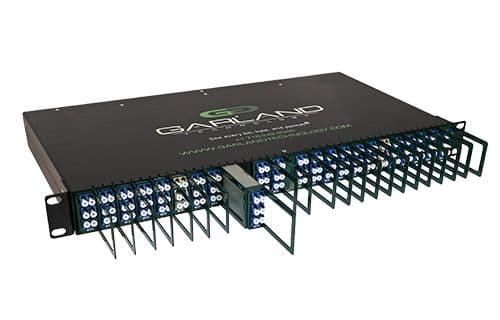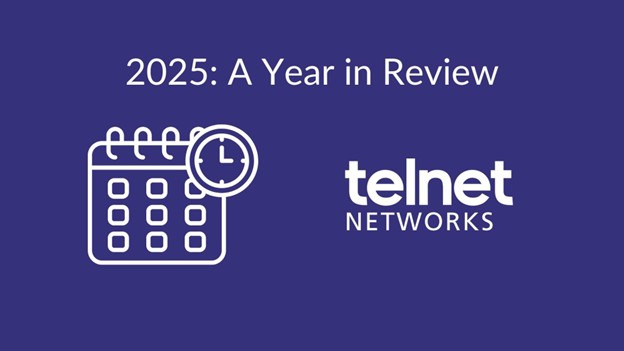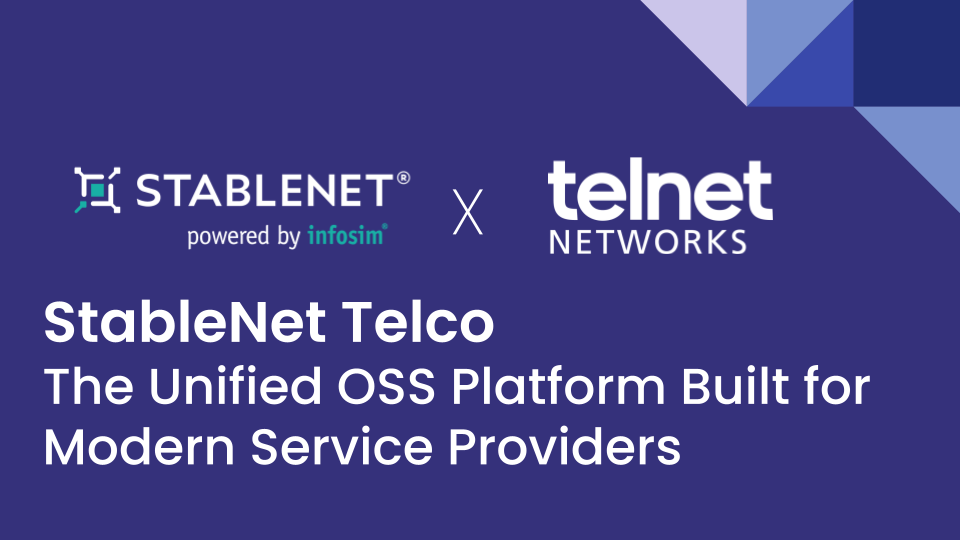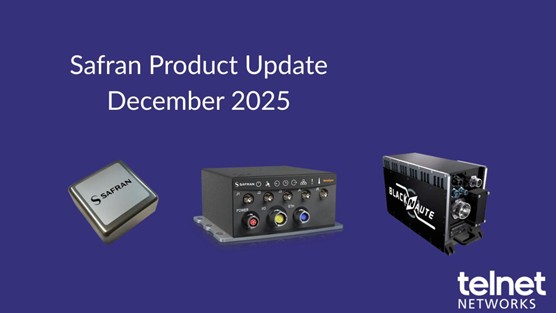Want better network monitoring? Network TAPs (Test Access Points) provide 100% accurate traffic visibility without affecting performance. They’re ideal for critical IT environments, offering more reliability and security compared to SPAN ports. Here’s the quick takeaway:
- Network TAPs: Capture all traffic (including errors), work passively, and ensure no performance impact. Perfect for compliance, security, and high-traffic networks.
- SPAN Ports: Built into switches, cost-effective for basic or temporary monitoring but prone to packet loss and limited accuracy under heavy traffic.
Quick Comparison
| Feature | Network TAPs | SPAN Ports |
|---|---|---|
| Accuracy | 100% of traffic captured | May drop packets, less precise |
| Performance Impact | None | Can overload switch CPU |
| Security | Passive, invisible to attackers | Vulnerable to misconfigurations |
| Cost | Higher initial investment | Lower upfront cost |
| Best Use Case | Critical, high-traffic areas | Low-traffic, basic monitoring |
Bottom line: Use TAPs for full visibility and reliability in critical areas. SPAN ports are fine for quick, low-traffic tasks but not for long-term or high-stakes monitoring.
Keep reading for a detailed breakdown of how each works and when to choose one over the other.
Network TAP vs. SPAN Port: Putting them to the test
1. Network TAPs: Core Functions
Network TAPs are specialized hardware devices designed to provide full visibility into network traffic without affecting performance. These tools passively duplicate data as it flows through key points in your network, making it possible to monitor and analyze activity in detail.
One of their standout features is that TAPs work passively, meaning they don’t introduce latency or interfere with network operations. They don’t have a MAC or IP address, making them essentially invisible to attackers. This "stealth mode" ensures monitoring remains undetectable while keeping the network secure.
What Makes TAPs Stand Out?
TAPs are designed to capture 100% of network traffic, including:
- Error packets often missed by other tools
- Both sides of full-duplex communication
- All packet sizes, from standard to jumbo frames
- Physical layer errors critical for troubleshooting
These capabilities make TAPs a reliable option for comprehensive network monitoring. Here’s a quick comparison of Passive TAPs and Active TAPs:
| Feature | Passive TAPs | Active TAPs |
|---|---|---|
| Power Requirements | No external power needed | Requires power supply |
| Signal Handling | Maintains original strength | Can amplify signals |
| Failover Protection | Built-in failsafe | Battery backup available |
| Best Use Case | Critical infrastructure | Long-distance monitoring |
Turning Data into Insights
By capturing every packet on the network, TAPs allow IT teams to:
- Monitor bandwidth usage trends
- Spot potential bottlenecks
- Evaluate application performance
- Perform in-depth forensic analysis
This level of visibility is especially important for organizations that must meet strict data privacy and security regulations. TAPs provide the packet-level details needed for compliance, security audits, and performance tuning.
For even greater value, TAPs should be part of a broader observability pipeline. This setup processes captured data and turns it into actionable insights, helping IT teams address issues quickly and optimize long-term network performance.
sbb-itb-f59d864
2. SPAN Ports: Basic Features
SPAN ports are built into switches and routers to copy specific network packets for monitoring. They provide an affordable way to handle basic network monitoring tasks.
Core Functionality
SPAN ports work by duplicating traffic from selected source ports or VLANs and directing it to a monitoring destination port. This process is managed through software, allowing for targeted traffic capture.
"The switch treats SPAN data with a lower priority than to-port data…the best strategy is to make decisions based on the traffic levels of the configuration and when in doubt to use the SPAN port only for relatively low-throughput situations."
This makes SPAN ports particularly useful for environments with low-to-moderate traffic levels.
Practical Applications
SPAN ports are well-suited for specific scenarios, including:
| Use Case | Benefits | Considerations |
|---|---|---|
| Ad Hoc Monitoring | Quick and easy to set up | Best for low traffic volumes |
| Remote Locations | Budget-friendly option | Limited by available bandwidth |
| Internal Switch Traffic | Allows monitoring of port-to-port data | Limited by switch processing capacity |
| Emergency Troubleshooting | Can be implemented immediately | Recommended as a temporary solution |
Technical Limitations
SPAN ports come with some key constraints:
- Most managed switches support only two SPAN ports.
- Full-duplex Gigabit links can generate up to 2 Gigabits of data, while 100 Gigabit FDX links may produce as much as 200 Gigabits.
- High traffic or oversubscription can lead to packet drops and errors being filtered out.
- VLAN tags may not pass through, which complicates VLAN-related troubleshooting.
These limitations can also introduce security challenges.
Security Considerations
Network security expert Tim O’Neill highlights a critical concern:
"SPAN was not built for true visibility access and does not meet the criteria for compliance and security monitoring."
Because switches can be vulnerable to security breaches, the reliability of SPAN port monitoring data may be compromised. Recognizing these security gaps is essential for effective deployment.
Best Practices for Implementation
Make the most of SPAN ports by following these guidelines:
- Monitor Utilization: Keep an eye on port usage to avoid oversubscription.
- Filter Traffic: Configure specific traffic capture settings to prevent overloading the monitoring port.
- Deploy Strategically: Use SPAN ports in areas with moderate traffic where TAPs aren’t necessary.
- Optimize Resources: Choose SPAN ports in situations where optical power constraints make TAPs impractical.
Network monitoring expert Darragh Delaney advises:
"A mirror or SPAN port can be a very useful resource if used in the correct way."
Direct Comparison: Benefits and Limitations
This section breaks down the key trade-offs between Network TAPs and SPAN ports, focusing on their impact across critical areas like performance, reliability, security, and cost.
Performance Impact and Data Handling
Network TAPs passively capture all traffic without interference, ensuring accurate data collection. In contrast, SPAN ports depend on the switch’s CPU, which can lead to performance issues. As Cisco notes:
"The switch treats SPAN data with a lower priority than to-port data"
This reliance on the switch’s processing power often results in less reliable and incomplete data capture.
Reliability and Accuracy
| Aspect | Network TAPs | SPAN Ports |
|---|---|---|
| Data Integrity | Provides unaltered traffic copies | May modify packet timing or drop packets |
| Error Detection | Captures all error packets | Often filters out error packets |
| Device Impact | No effect on network performance | Can overload the switch CPU |
| Speed Support | Handles 10/100M to 400G traffic | Limited by the switch’s capabilities |
These differences highlight why TAPs are often preferred in environments where accuracy and reliability are critical.
Security and Compliance
Network TAPs operate passively, sitting outside the active data path. This design makes them inherently safer from network attacks, an important factor for environments with strict compliance requirements.
SPAN ports, on the other hand, come with risks such as:
- Misconfigurations that can lead to network outages
- Higher vulnerability to unauthorized access due to software controls
- Altered packet details, which can compromise forensic investigations
Cost Considerations
SPAN ports are cost-effective at first because they integrate directly with existing switches. However, their hidden costs include:
- Longer troubleshooting times
- Potential network performance issues
- Gaps in meeting compliance standards
- Additional investments needed for monitoring high-traffic areas
Network TAPs, while requiring a higher initial investment, offer long-term savings through:
- Lower maintenance requirements
- Consistent performance
- Full traffic visibility
- Reduced operational overhead
Deployment Recommendations
For critical network segments or high-traffic areas, TAPs are the go-to choice. They ensure complete visibility and minimal performance impact, making them ideal for compliance-heavy environments. SPAN ports are better suited for temporary or low-traffic monitoring, especially in locations with tighter budgets.
Technical Features of Network TAPs
Network TAPs deliver:
- Support for speeds ranging from 10/100M to 400G
- Zero packet loss, even at full line rates
- No configuration needs
- Full visibility into bidirectional traffic
These features make TAPs a reliable solution for organizations requiring dependable network monitoring without compromising security or performance.
Conclusion
Network TAPs stand out for their reliability, security, and ability to provide complete traffic visibility. They capture 100% of network traffic without impacting performance, making them a powerful tool for monitoring.
While SPAN ports may seem cost-effective at first, Network TAPs deliver long-term benefits, including:
| Benefit | Impact |
|---|---|
| Performance | Keeps network speeds running smoothly |
| Reliability | Ensures all data is available for analysis |
| Security | Minimizes potential attack points |
| Scalability | Prepares your network for future growth |
Experts in the field back up these advantages. Rob Joyce, former Director of Cybersecurity at the NSA, highlights the importance of TAPs:
"[An attacker’s] worst nightmare is that out-of-band network tap that really is capturing all the data, understanding anomalous behavior that’s going on, and someone is paying attention to it. You’ve gotta know your network, understand your network, because [the attacker] is going to."
When deciding between Network TAPs and SPAN ports, it’s essential to evaluate the needs of specific network segments. Network TAPs are ideal for critical areas requiring complete visibility, high-traffic zones where performance matters, environments with strict compliance requirements, and security-sensitive areas needing detailed monitoring. On the other hand, SPAN ports are better suited for temporary monitoring, low-traffic segments, tight budgets, or basic troubleshooting.
Cisco also advises limiting SPAN ports to low-throughput scenarios. This aligns with the industry mantra: "TAP where you can, and SPAN where you must".






